Expanding your flower garden is an exciting endeavor that allows you to add variety, color, and beauty to your outdoor space. While purchasing new plants can be enjoyable, it can also be expensive. Fortunately, there are several propagation methods that allow you to multiply your existing plants and fill your garden with an abundance of blooms without breaking the bank. In this comprehensive guide, we’ll explore various propagation techniques for expanding your flower gardens and transforming your outdoor space into a flourishing oasis of color and fragrance.

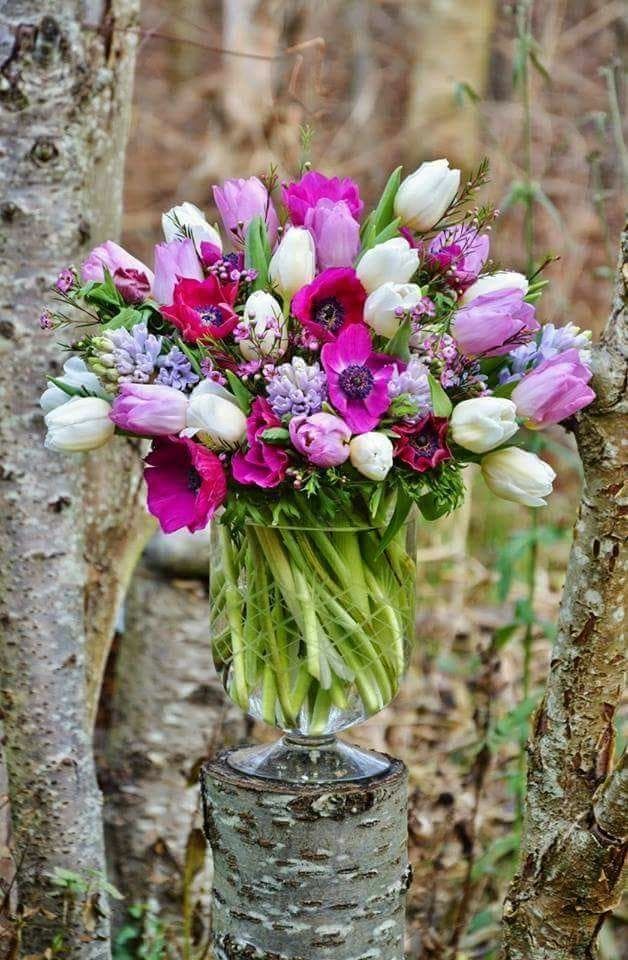
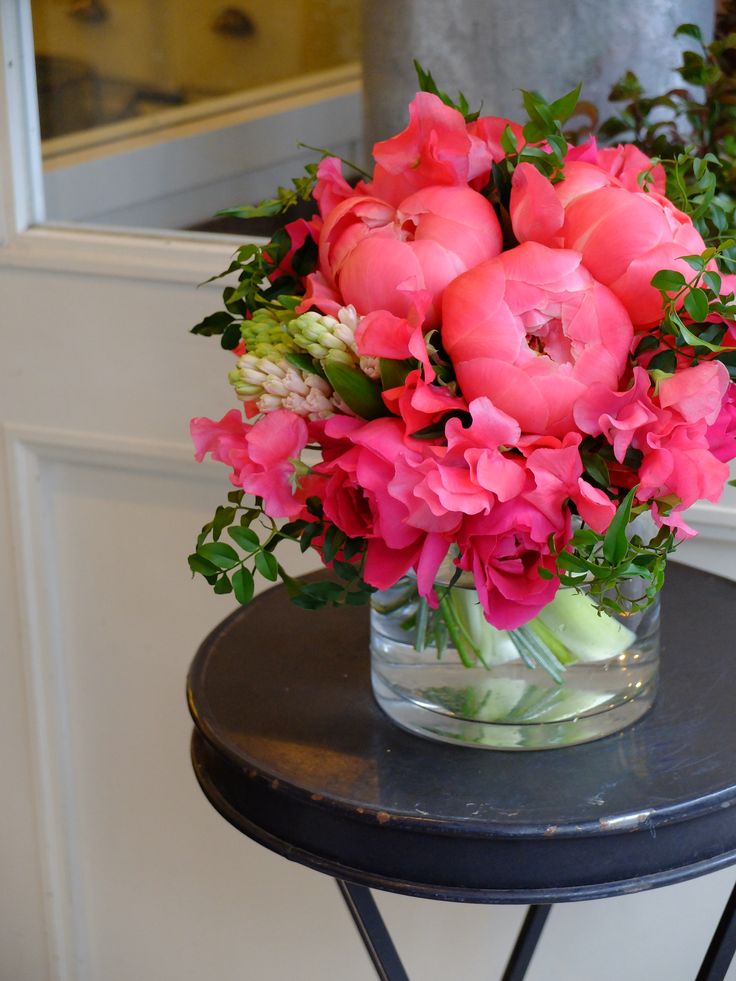
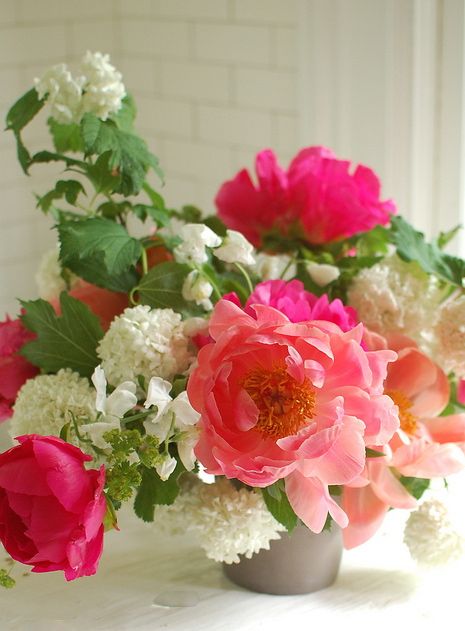
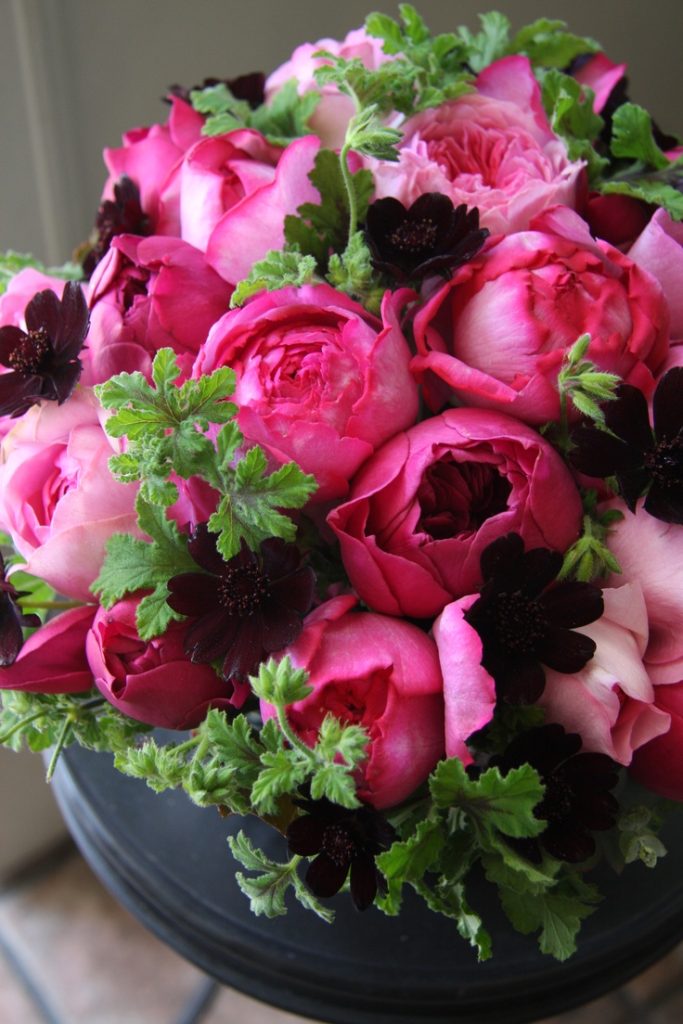
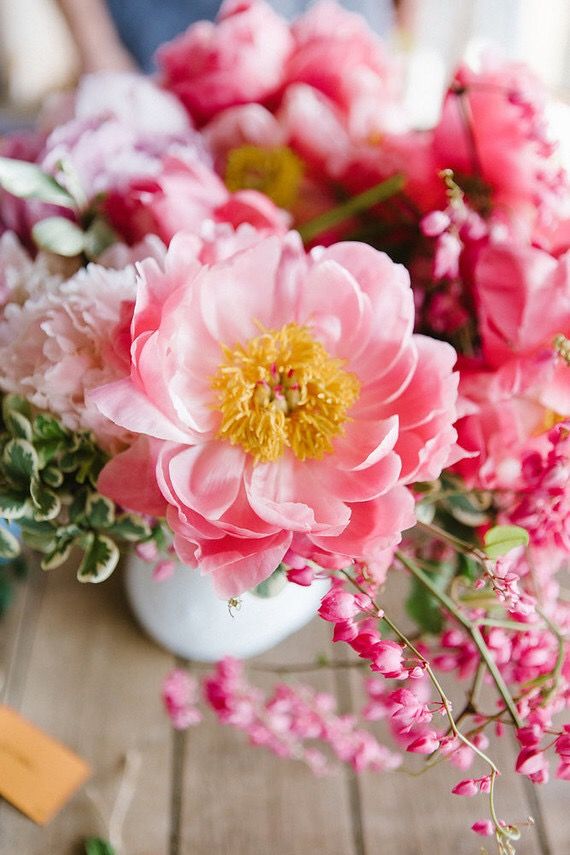


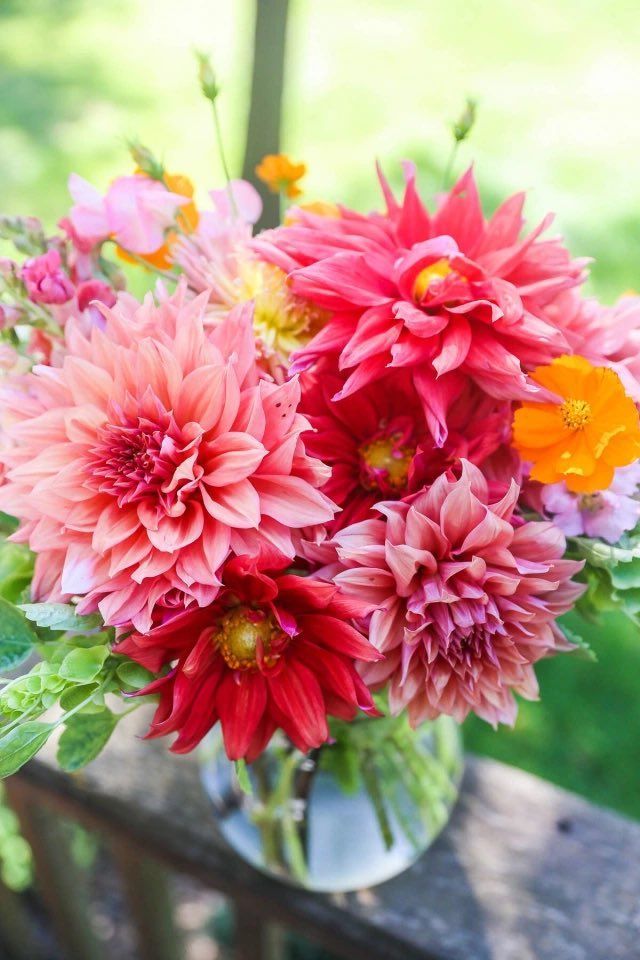
Understanding Propagation
Propagation is the process of creating new plants from existing ones. There are several methods of plant propagation, each suited to different types of plants and growing conditions. By mastering these techniques, you can propagate your favorite flowers and create a garden filled with beauty and abundance.
Propagation Methods
- Division: Division is a simple and effective propagation method for perennials such as irises, hostas, and daylilies. To divide plants, carefully dig up the clump and separate it into smaller sections, ensuring each division has roots and shoots. Replant the divisions in prepared soil, water thoroughly, and watch them grow into new plants.
- Cuttings: Taking cuttings is a popular propagation method for many flowering plants, including roses, geraniums, and lavender. To propagate plants from cuttings, snip a healthy stem from the parent plant, remove the lower leaves, and dip the cut end in rooting hormone. Plant the cutting in a pot filled with well-draining soil, keep it moist, and provide gentle warmth and indirect light until roots form.
- Layering: Layering is a propagation technique that works well for plants with flexible stems, such as jasmine, hydrangea, and philodendron. To layer a plant, bend a low-growing stem to the ground, wound it slightly, and cover it with soil. Keep the soil moist and wait for roots to form along the buried stem. Once roots have developed, sever the stem from the parent plant and transplant the new plant into its desired location.
- Seeds: Growing plants from seeds is one of the most common propagation methods and is suitable for a wide range of flowering annuals and perennials. To propagate plants from seeds, collect ripe seed heads from the parent plant, dry them thoroughly, and store them in a cool, dry place until ready to sow. Plant seeds in prepared soil, water gently, and provide adequate light and warmth for germination.
- Grafting: Grafting is a more advanced propagation technique used to combine the desirable traits of two different plants. It is commonly used for roses, fruit trees, and ornamental shrubs. To graft plants, join a scion (the desired plant) to a rootstock (a compatible root system) using a grafting technique such as whip grafting or bud grafting. With proper care and attention, the two plants will fuse together, creating a single, healthy specimen.
Tips for Success
- Choose healthy parent plants with vigorous growth and vibrant blooms for propagation.
- Use clean, sharp tools to prevent the spread of disease and ensure clean cuts.
- Provide proper care and maintenance for propagated plants to encourage healthy growth and establishment.
- Experiment with different propagation methods to find the ones that work best for your plants and growing conditions.
Conclusion
Expanding your flower gardens through propagation is a rewarding and cost-effective way to fill your outdoor space with beauty and abundance. By mastering propagation techniques such as division, cuttings, layering, seeds, and grafting, you can multiply your favorite flowers and create a garden that delights the senses and brings joy throughout the growing season. Whether you’re dividing perennials, taking cuttings from shrubs, or sowing seeds for annual blooms, propagation allows you to unleash your creativity and transform your garden into a vibrant tapestry of colors, shapes, and fragrances. With a little patience, practice, and experimentation, you’ll soon be on your way to expanding your flower gardens and enjoying the beauty of nature in your own backyard.





